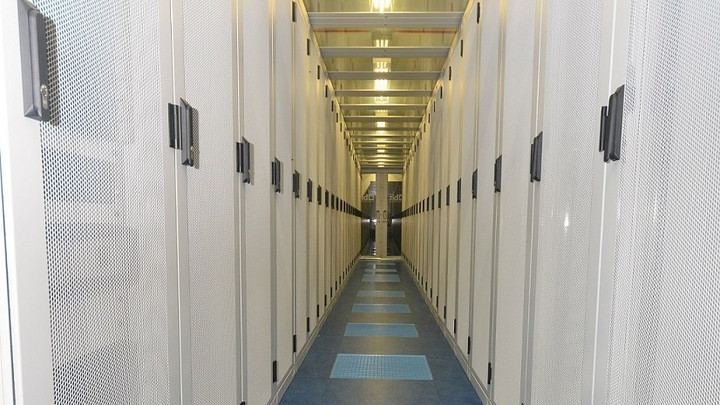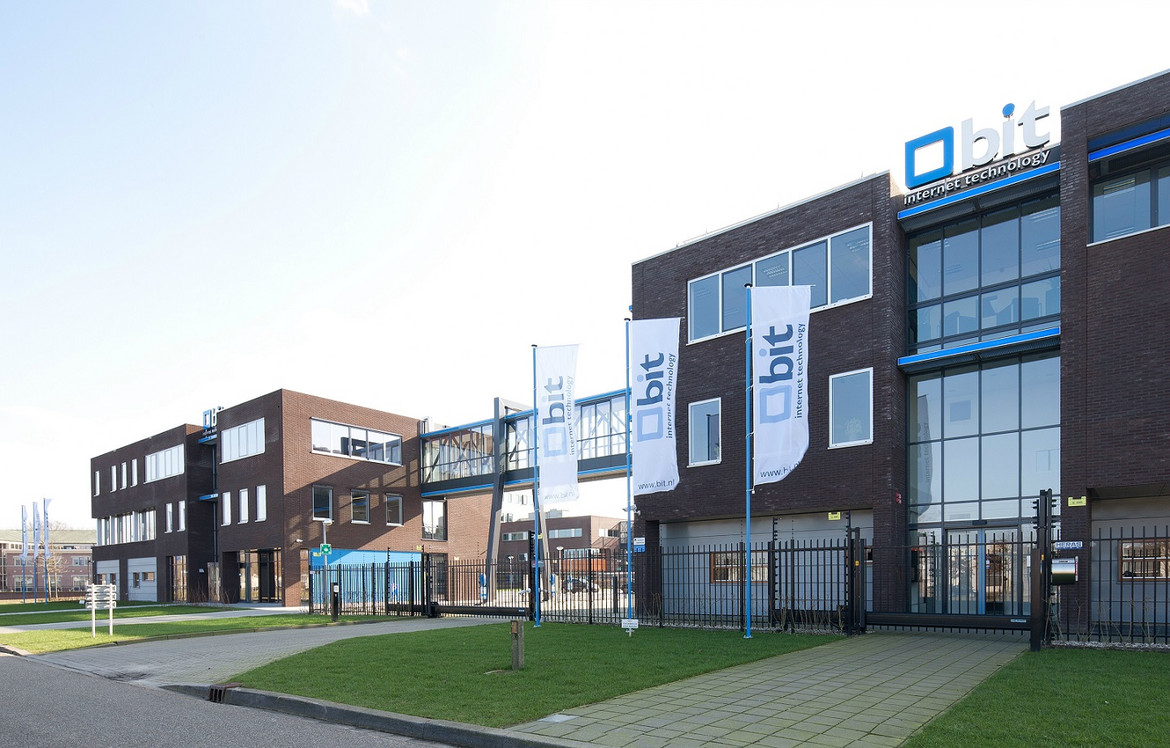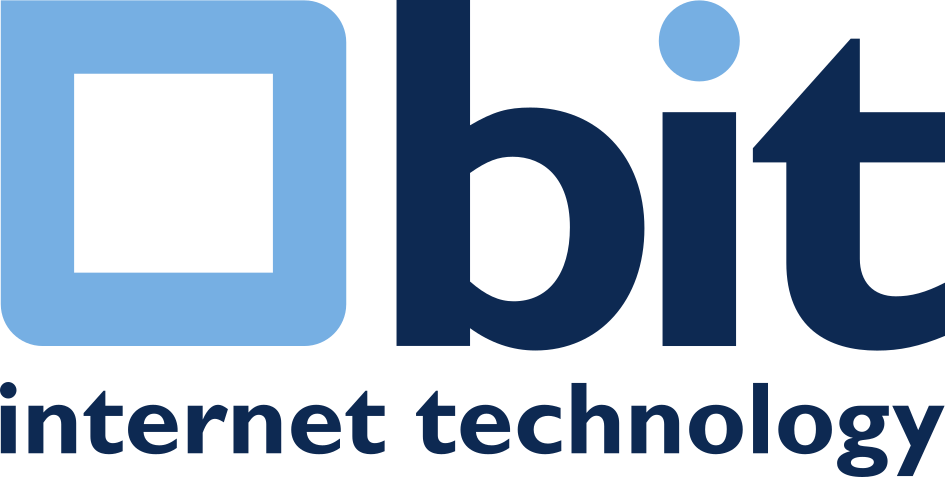What a “Green” Data Center Does To Save Energy
While a major consumer of energy, the data center industry is foremost in energy efficiency and are a greener option for corporate IT. BIT’s Alex Bik gives examples.

Source: BIT B.V.
For years now, there has been a lot of (mostly negative) talk about the ecological footprint of data centers. When looking at the rapidly increasing data consumption, the media is also increasingly reporting on data centers as polluters that need to start opting for energy efficient solutions. This negative view is quite surprising, since the data center industry is a real frontrunner in adopting energy efficient measures. A data center is usually a much greener option than most IT solutions on location. Let’s highlight some of these measures.
Everything to the data center
Servers in data centers are partly used for serving all kinds of content on the Internet. When I take a look at our data centers, most of the servers are used for other activities, like internal automating: Piles of servers that were not in commercial data centers before, but in a small data center for an individual company, or even just somewhere in a cupboard. Over the last couple of years, more and more companies have moved their IT infrastructure to external data centers. This change from the internal management of IT equipment to placing them in an external data center, has truly put a scrutinizing spotlight on the data centers. The energy consumption of these devices is now concentrated and easily measurable. However, it is not a matter of “new” energy consumption, it is merely a shift from a local to a central location: the data center.
Energy consumption for IT departments often becomes clear only when their equipment is moved to a data center. The energy consumption of IT equipment is often not included in the IT budget, which is why IT departments feel no pressure to opt for the energy saving devices that are often cost more. Data centers, however, do calculate the cost of the energy use, and thus suddenly create more awareness and a sense of importance for energy efficiency at the organisation. This automatically means that data centers not only benefit from energy efficient solutions from an MFA point of view, but also from a commercial perspective. Savings on the costs of energy are calculated into the costs for the client.
Energy consumption for IT departments often becomes clear only when their equipment is moved to a data center. The energy consumption of IT equipment is often not included in the IT budget, which is why IT departments feel no pressure to opt for the energy saving devices that often cost more. Data centers, however, do calculate the cost of the energy use, and thus suddenly create more awareness and a sense of importance for energy efficiency at the organisation. This automatically means that data centers not only benefit from energy efficient solutions from an MFA point of view, but also from a commercial perspective. Savings on the costs of energy are calculated into the costs for the client.

Source: BIT BV
The green measures in a data center
Companies cannot pay much attention to energy efficiency on the small scale, but data centers can. Data centers are housing IT equipment in bulk and so they can take measures for more sustainable entrepreneurship more easily. Have you heard of the following energy saving measures?
Cooling of servers with outside air
Cooling with outside air is a fairly simple way to reduce energy consumption. When the IT equipment is still in-house, this is not always a possibility, architecturally speaking. Because data centers are working on energy efficiency on a large scale, it is quite easy for them to use a cooling system that uses outside air.
Closed Cold Corridors
Closed Cold Corridors ensure the efficient use of cooled air. A roof and doors are placed on the “cold paths” in the data center, so no cool air can seep out into the open spaces but is forced to cool the servers. This results in a more effective cooling of the equipment. There is no difference in the temperature of the cooling installation, but the air supply is concentrated on the equipment.
Reusing residual heat to warm a nearby building
Due to the large number of servers, a nearby building can be heated with the residual heat from the data center. The use of residual heat limits the number of times the temperature needs to be turned up, so it provides a nice way to operate in a more sustainable manner.
Emergency power using natural gas
Data centers are prepared for power outages and have a ready-to-go emergency power supply. In our own data center, we run diesel aggregates on GTL. GTL, or Gas To Liquid, is a replacement for diesel fuel and is produced on the basis of natural gas. It has the advantage that it is highly biodegradable and is almost clear of sulphur and aromatics.
Ultrasonic humidification
To prevent damage from static electricity (ESD), data centers often use a humidification process. This can be done very easily by means of steam, but that is quite an energy-costly procedure. Another type of humidification is ultrasonic humidification, where mist is created. By making a metal plate vibrate at a very high frequency underneath a basin of water, the water is forced apart, as it were, and forms a mist of miniscule water drops. Those tiny water drops are then blown into the space by a ventilator. This allows for the same humidification capacity as steam, but with an energy reduction of no less than 95 percent.
As I mentioned before, I feel that the reporting on data centers and energy consumption is generally very negative. This is very uncalled for, since the data center industry is doing very well. In addition, internally located company IT equipment uses at least as much energy, and usually even more, than it would when placed in a data center, since most companies cannot take the measures a data center can.
Yes, data centers do use a lot of energy, but they are also ahead of the curve when it comes to energy saving measures. Despite the limited impact of some of these measures, the size of a data center often makes it interesting to implement them anyway, while smaller server rooms do not provide that advantage. So is the green data center an illusion? Definitely not!
Alex Bik is Chief Technology Officer at BIT. He has been at BIT since 1997 and serves as Chief Technology Officer. As CTO, Alex focuses mainly on the business, though he still is a techie at heart. Alex is also a board member of AMS-IX and NBIP. BIT owns three data centers in Ede and is specialized in colocation, internet connections, managed hosting and outsourcing for corporate internet usage.
Please note: The opinions expressed in Industry Insights published by dotmagazine are the author’s own and do not reflect the view of the publisher, eco – Association of the Internet Industry.



